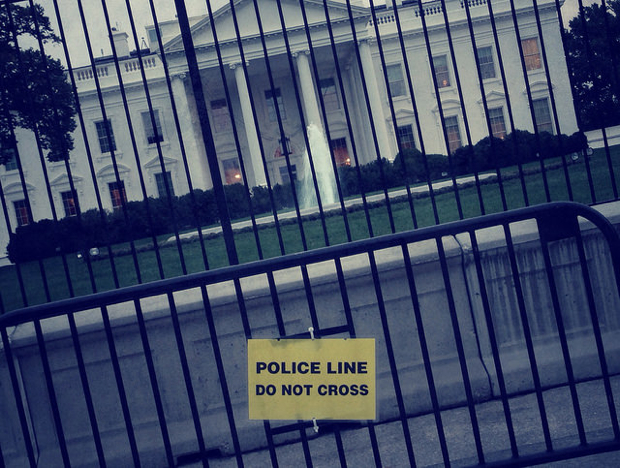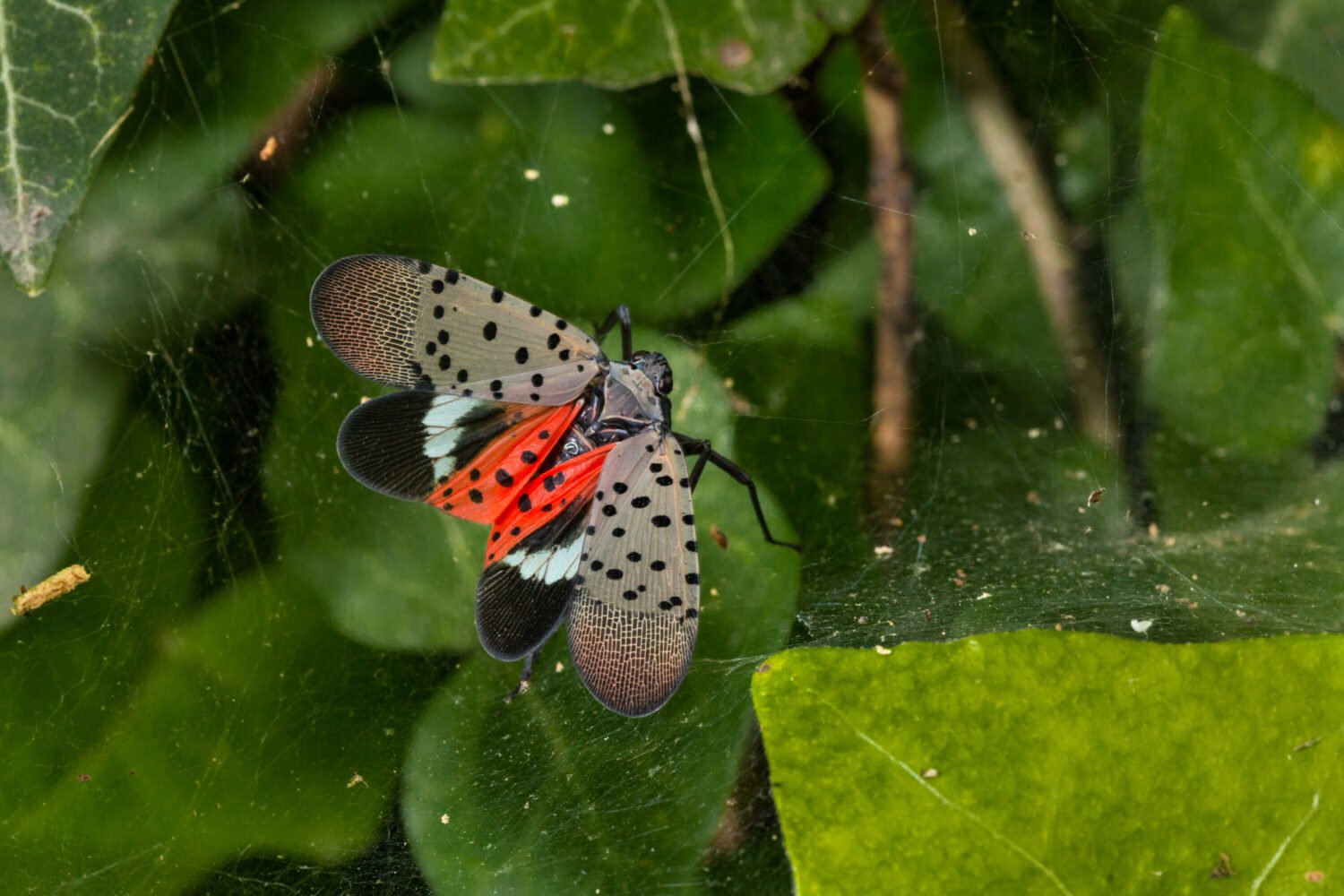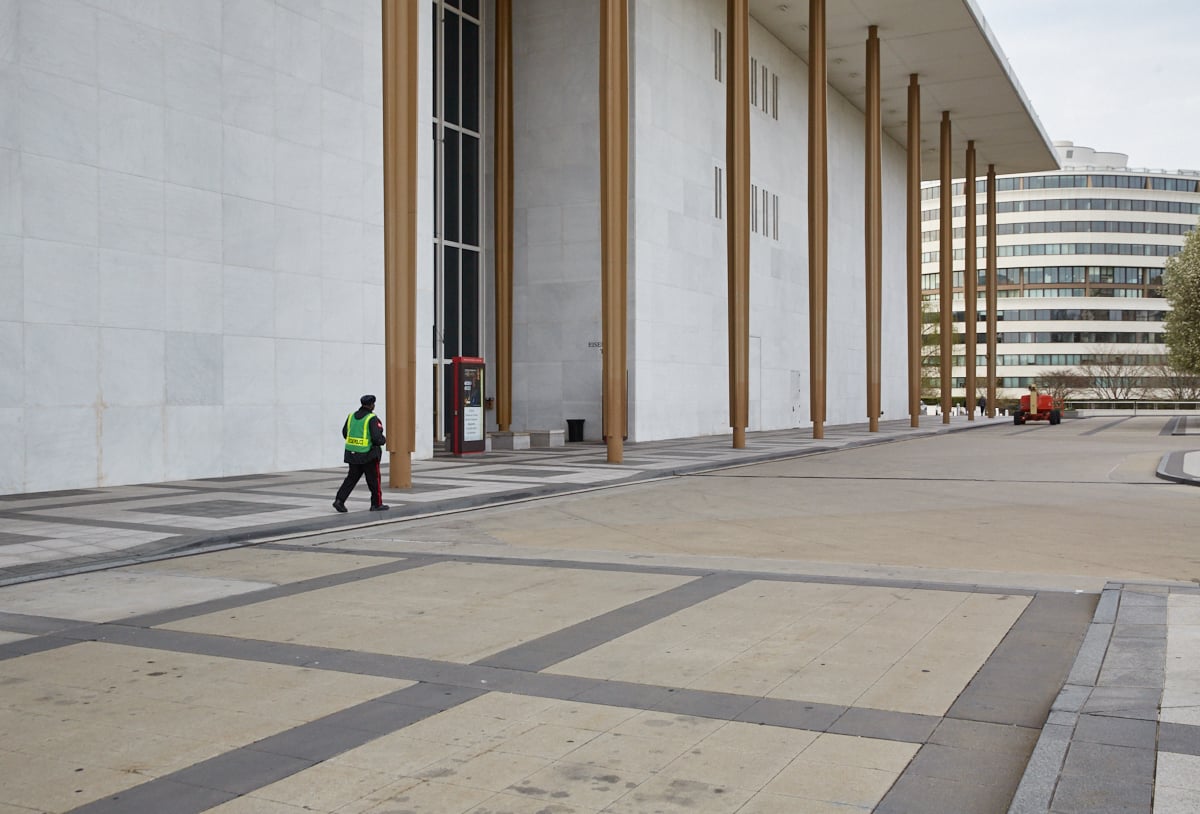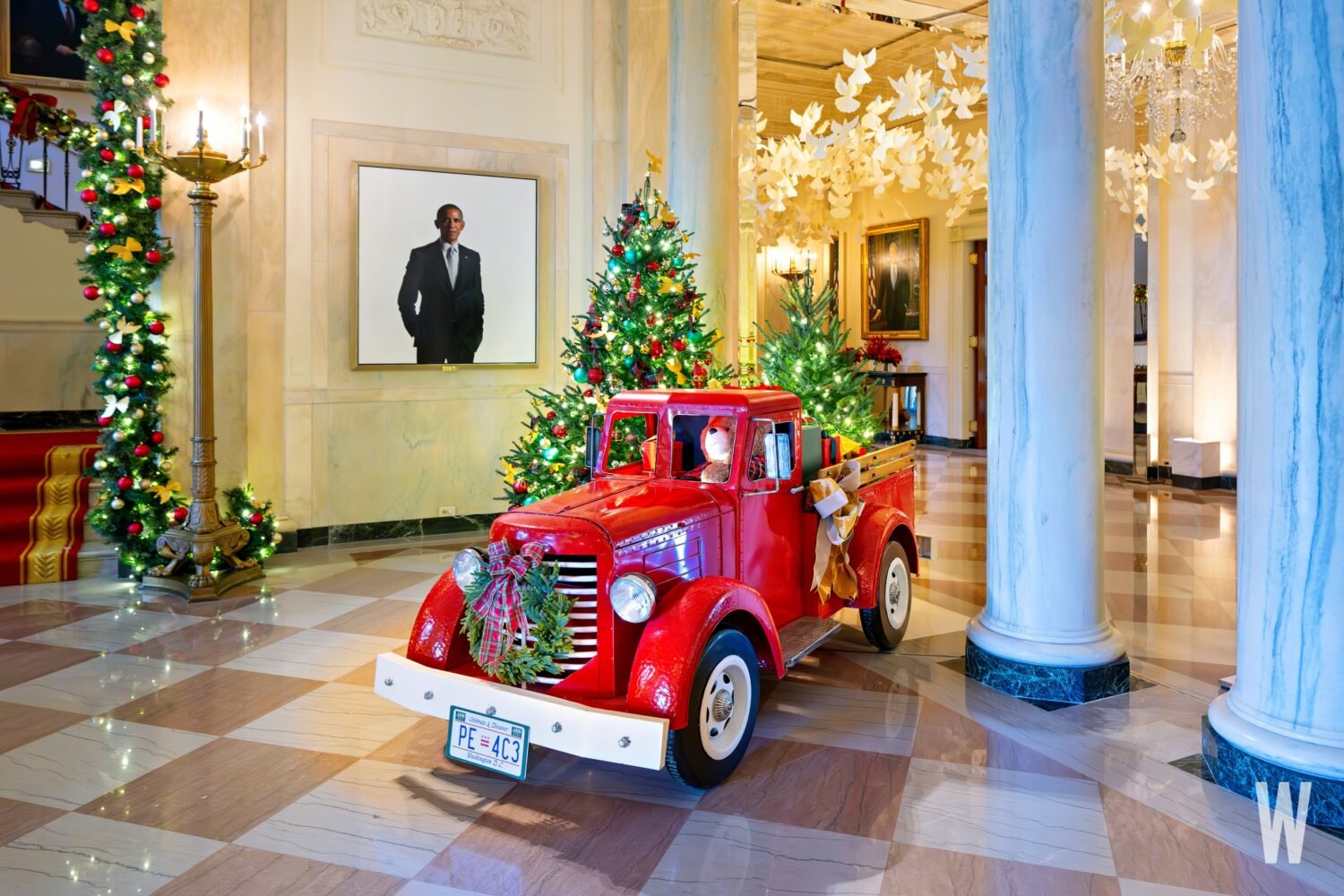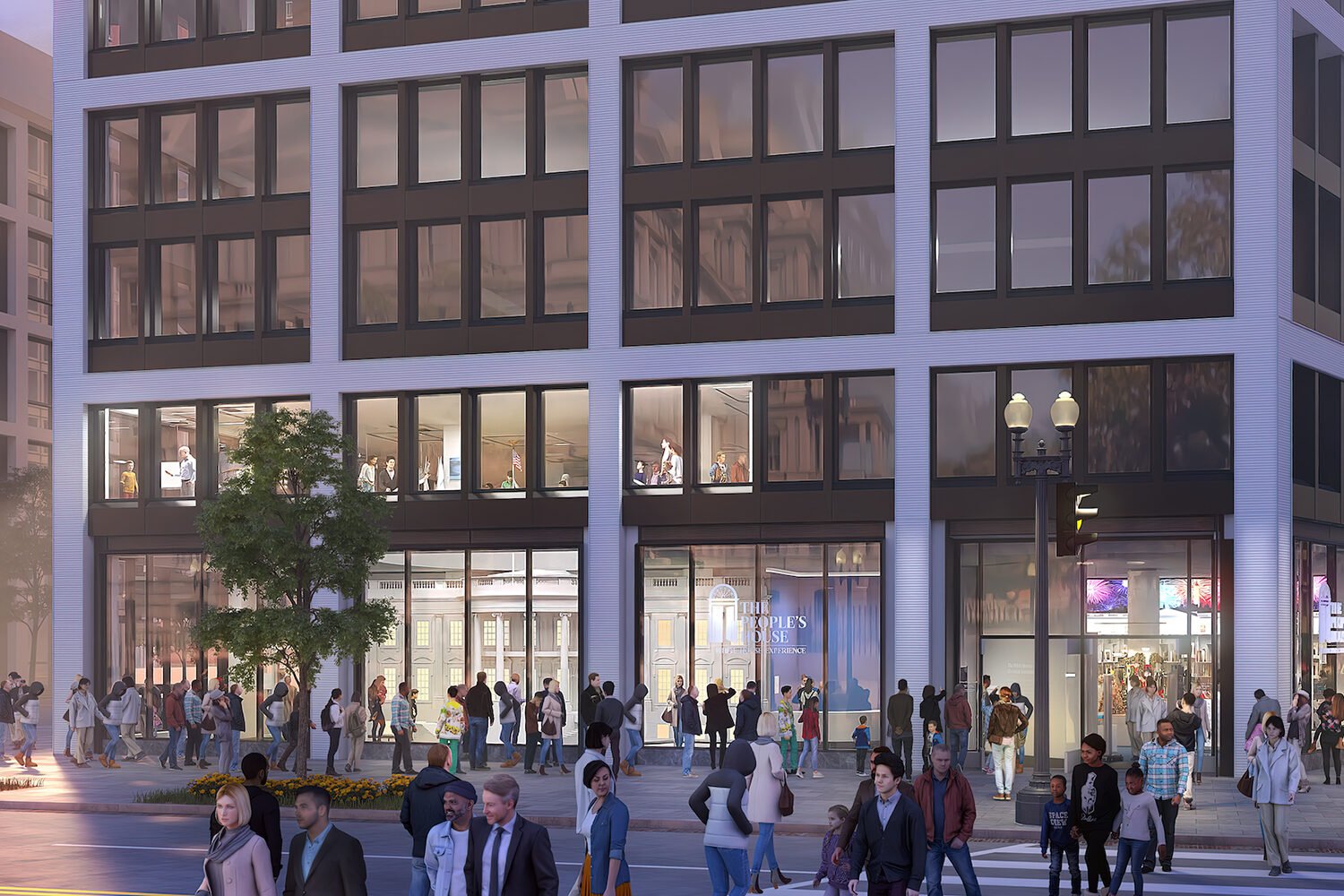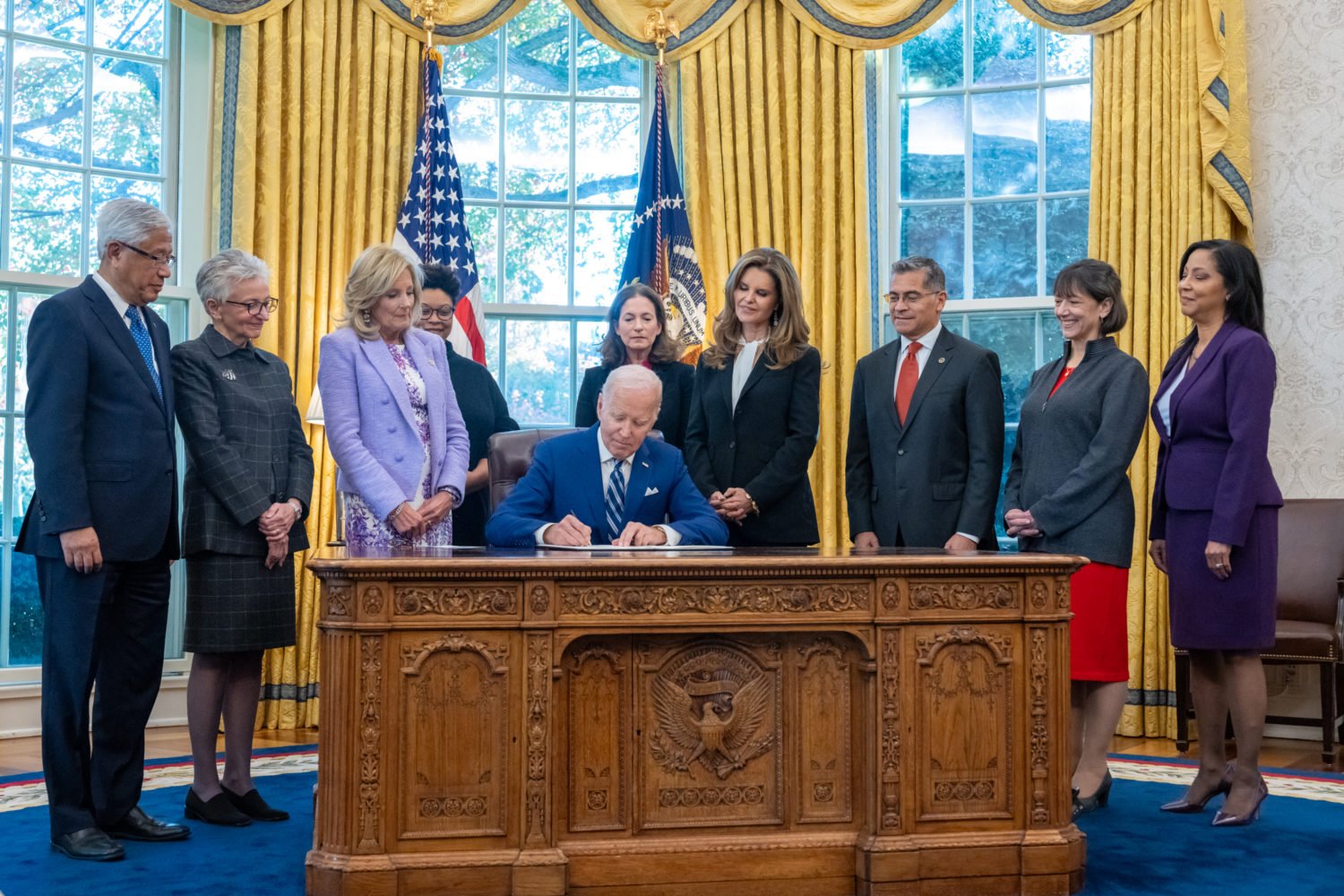A Department of Homeland Security panel convened after a September incident in which a man jumped the fence around the White House and ran into the building before being apprehended says the simplest way to prevent future invasions is simply to build a bigger fence.
The report, issued Thursday, is a thorough smackdown of the Secret Service and chastises the agency for a deficit of leadership in the wake of the fence-jumping escapade of Omar Gonzalez. But, it states, the quickest fix to presidential protection is to raise the barrier around the White House from its current height of seven feet, six inches to 12 or 13 feet.
“We decline to say precisely what the optimal new fence should look like,” the panel writes, although its members do actually have a few design tips. “For sure, the fence must be taller; even an increase of four or five feet would be materially helpful. Horizontal bars, where climbers can easily place feet or hands, should be eliminated or placed where they provide little assistance. The top of the fence can also be manipulated in certain ways—such as including curvature outward at the top of the fence—to make scaling it much more difficult for most.”
A taller, outwardly curved fence around the 18-acre campus sounds impressive, but it presents two big questions: Will a taller fence actually keep motivated intruders away? And just how big can the White House’s perimeter get without completely eroding its supposed reputation as a “people’s house” (as the Homeland Security report refers to it)?
“Any kind of improvement could deter access,” says J. Reid Meloy, a clinical psychiatry professor at the University of California, San Diego, who consults for the FBI. But Meloy says the physical reinforcements can only go so far without making the White House an unwelcoming fortress in the middle of a busy city.
“In a sense that the culture demands this be the people’s house, there should be visible access,” he says. “You don’t want any kind of barrier that eliminates visible access.”
But Meloy adds that even if the Secret Service replaces the current fence with a taller, curvier model, it won’t stop all the potential fence-jumpers out there, especially if they’re lone actors like Gonzalez or Dominic Adesanya, a Bel Air, Maryland, resident who was arrested October 22 after climbing onto the White House lawn.
“Some of the most creative attacks against public figures have been mounted by lone individuals,” he says. “You can deter, you can reduce risk, but you’re never going to completely eliminate threats.”
Find Benjamin Freed on Twitter at @brfreed.

